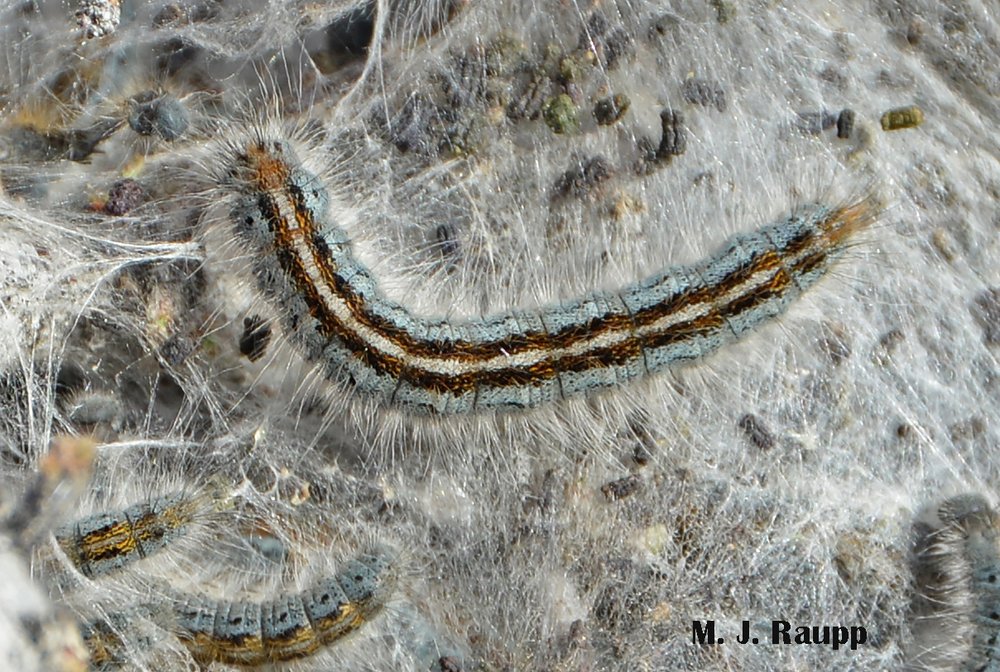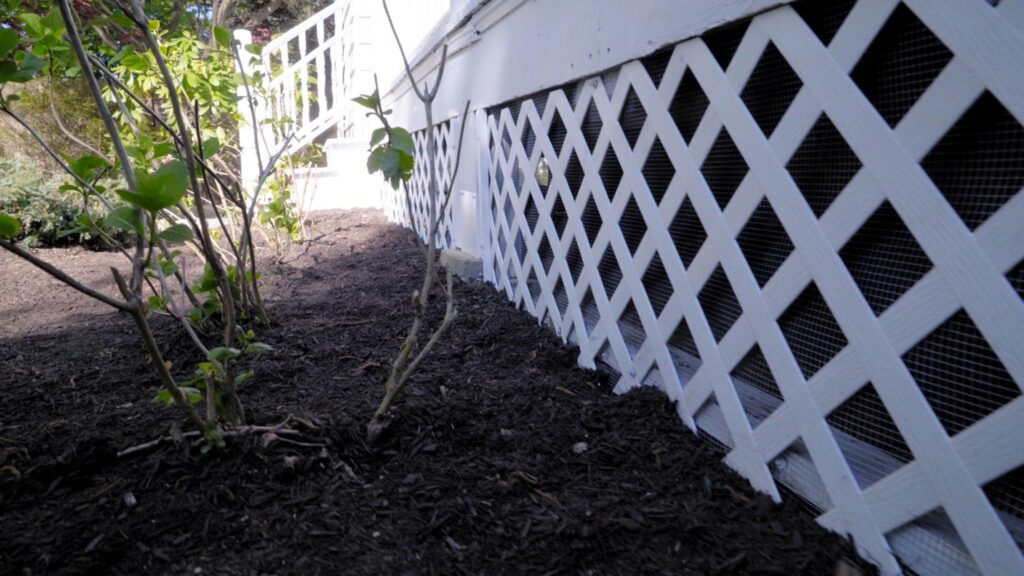Time for tigers in the DMV: Six-spotted green tiger beetle, Cicindela sexguttata

Poised to pounce on its next meal, the beautiful six-spotted green tiger beetle is a fierce predator in eastern forests.
Last week, I received two strangely linked inquiries, one from a concerned citizen and another from a friend. Both had stunning emerald green creatures that crossed their paths. The concerned citizen discovered a beautiful green beetle in a bowl of fruit being served at an outdoor gathering. Fruit in the bowl included grapes from Chile. Concern hinged on the possibility that this remarkable insect was the vanguard of some new and, perhaps, hostile horde of invaders ready to deliver more six-legged misery to our already beleaguered ecosystems. A few days later a friend asked about gorgeous emerald green insects she encountered “all over the place” on bike trails and hiking paths in the DMV. Well, after examining an image of the beetle in the fruit bowl and taking a stroll on the lovely Northeast Branch Trail, my conclusion was that the beetle in the fruit bowl and the trail-traveling green ghost were one and the same, six-spotted green tiger beetles.
Lawns, gardens, sunny bike trails, and paths through the forest are great places to watch six-spotted tiger beetles. Unfortunately, fast wheels and speedy feet may spell danger for inattentive tiger beetles.
Six-spotted green tiger beetles range from southern Canada to Texas and are most commonly observed in the eastern half of the US. I saw my first one in early April on a paved trail meandering along the Little Patuxent River in Columbia, MD. Predators as both larvae and adults, the name “tiger” suits them well. They are awesome hunters. The exceptionally long legs of adults provide lots of ground clearance and enable bursts of speed as they dash across trails and forest floors. Large eyes enable them to peruse their surroundings for signs of movement and potential meals. Unlike praying mantids that are “sit and wait” predators, tiger beetles actively stalk, pursue, and capture their victims. One amusing trick to play with these hunters is to spot one at a distance and toss a pebble or a small twig near the beetle. This often triggers an inquisitive charge as the beetle scrambles to see if a potential meal has entered its ambit.
Tommy, my resident tiger beetle, seems startled by a tent caterpillar when it ventures just a little too near. A few moments later, I discovered Tommy behaving more like his “tiger” namesake as he snacked on the rear-end of the caterpillar. Watch as sharp paired mandibles (jaws) and the second pair of mouthparts called maxillae move back and forth to ingest this tasty treat.

The strange tiger beetle larva lives in an underground lair and captures unsuspecting prey that stray too near.
Like their feline namesake, the tiger beetle has powerful jaws used to capture, subdue, and consume its victim. Each jaw is armed with several stout teeth. The jaws grasp, pierce, slice, and crush. Just behind the jaws, a second pair of mouthparts called maxillae help shove pieces of flesh into the maw of the beetle’s digestive tract. Tiger beetles are carnivores as both adults and juveniles. The female tiger beetle lays eggs singly on the ground. Upon hatching, the immature stage, the larva, constructs an underground burrow. From this lair, the larva stealthily awaits dinner. As a hapless insect or spider strolls by, the larva springs from the hole like a jack-in-the-box and impales its victim with stiletto-like jaws. The prey is drawn into the burrow and eaten. Strange hook-like structures found on its abdomen help anchor the beetle larva in its burrow.
As generalist predators and members of Mother Nature’s hit squad, tiger beetles consume pests in our gardens and landscapes and provide the important ecological service of biological control. Tiger beetles are tough to capture without a net, but if you catch one, be careful; they have powerful jaws and can give you a little nip. These diminutive tigers will be common along sunny bike trails and paths over the next month or so. If you have some free time, take a walk in the forest or ride along one of our many beautiful bike paths to catch a glimpse of these tiny awesome predators.
Acknowledgements
“An Introduction to the Study of Insects” by Borrer, De Long, and Tripplehorn, and iNaturalist were used as resources for this episode. Thanks to Amy, Bruce, and Laura for inquiring about tiger beetles and inspiring this episode. Gaye Williams provided great insights on the identity of the tiger beetle found in the fruit bowl.
This post appeared first on Bug of the Week

















